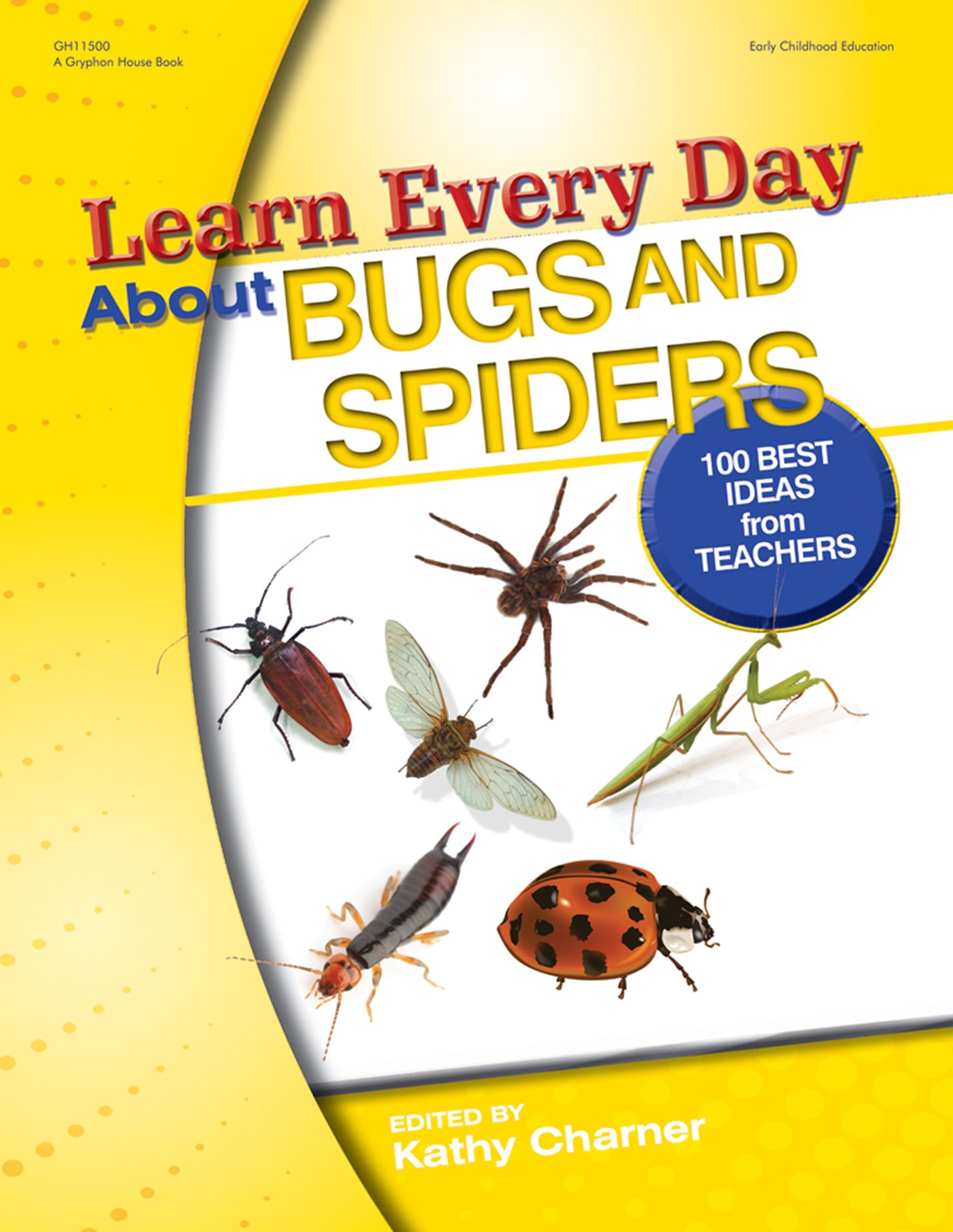Materials
paper plates
hole punch
scissors (adult use only)
black yarn
black construction paper
plastic toy spider
Instructions
1. Discuss painting with the children. Explain that people often use brushes to paint,
but it is possible to use a wide variety of materials when making a painting.
2. Place feathers, pine needles, leaves, and sticks within the children's reach.
3. Give each child a paper and watercolors.
4. Invite the children to use the items on
the table or an easel to paint a picture.
5. Encourage the children to paint scenes
they see, or to imagine scenes or abstract
designs they would like to paint.
6. Talk with the children about their
paintings as they are working. Ask the
children to describe what they are
painting.
Teacher - to - Teacher Tip s
* Take the children on a nature walk so they can collect the items that they will
use to paint with.
* Have the children use other items to paint with, such as kitchen utensils or
old tools.
Assessment
Consider the following:
* How well are the children able to manipulate and use the natural objects as
painting tools?
* Are the children engaged? Are they happy with the art they created?
* What do the children choose to paint? Ask them to discuss their work.
Consider having a group discussion about everyone's paintings.
